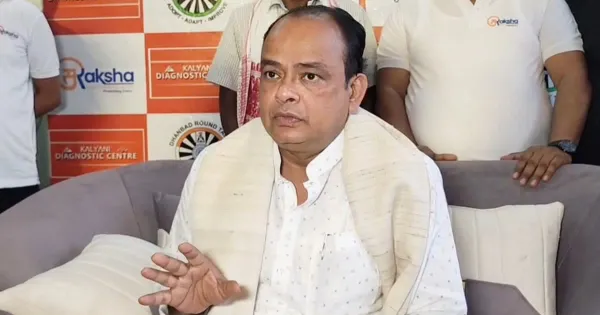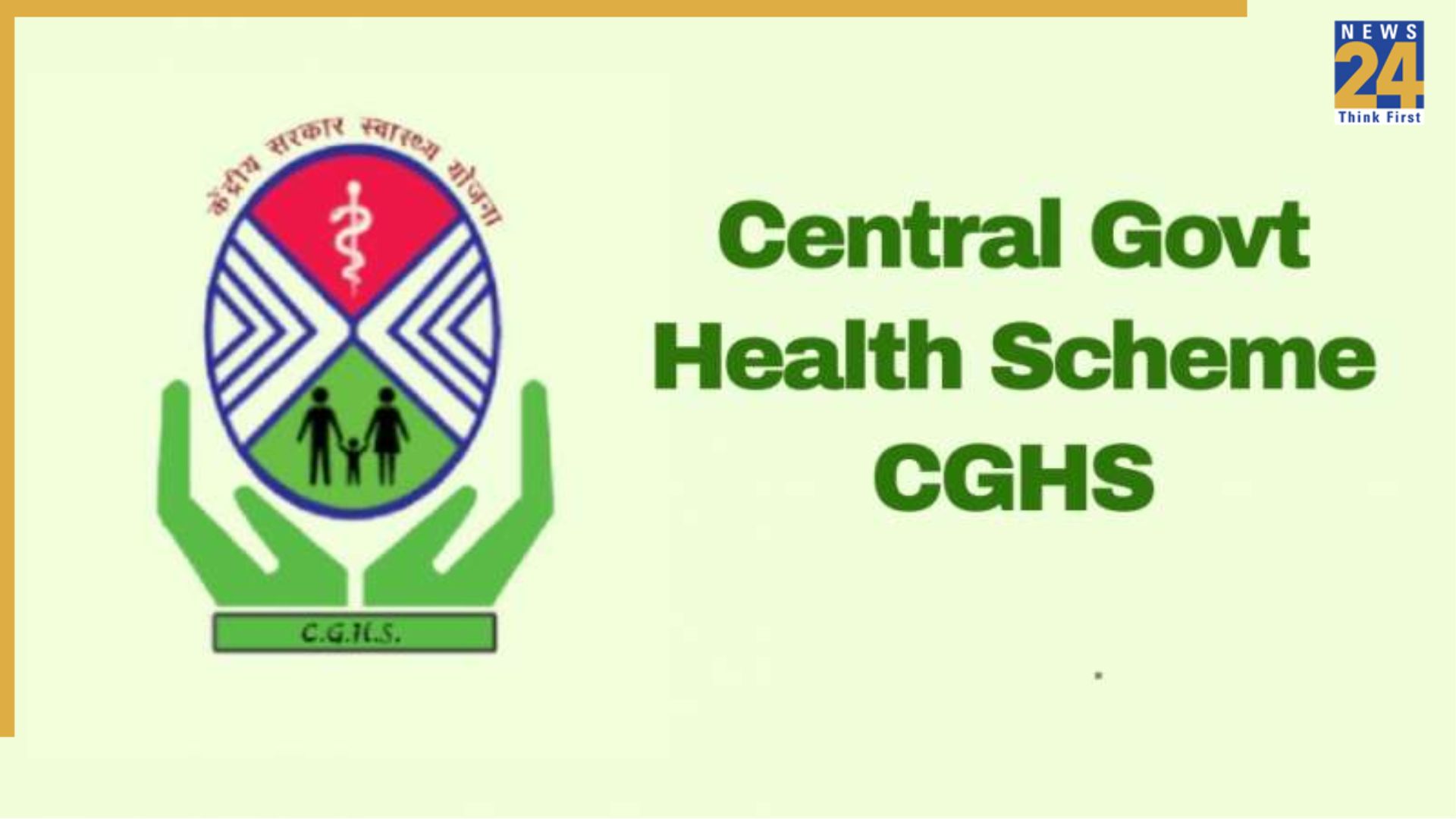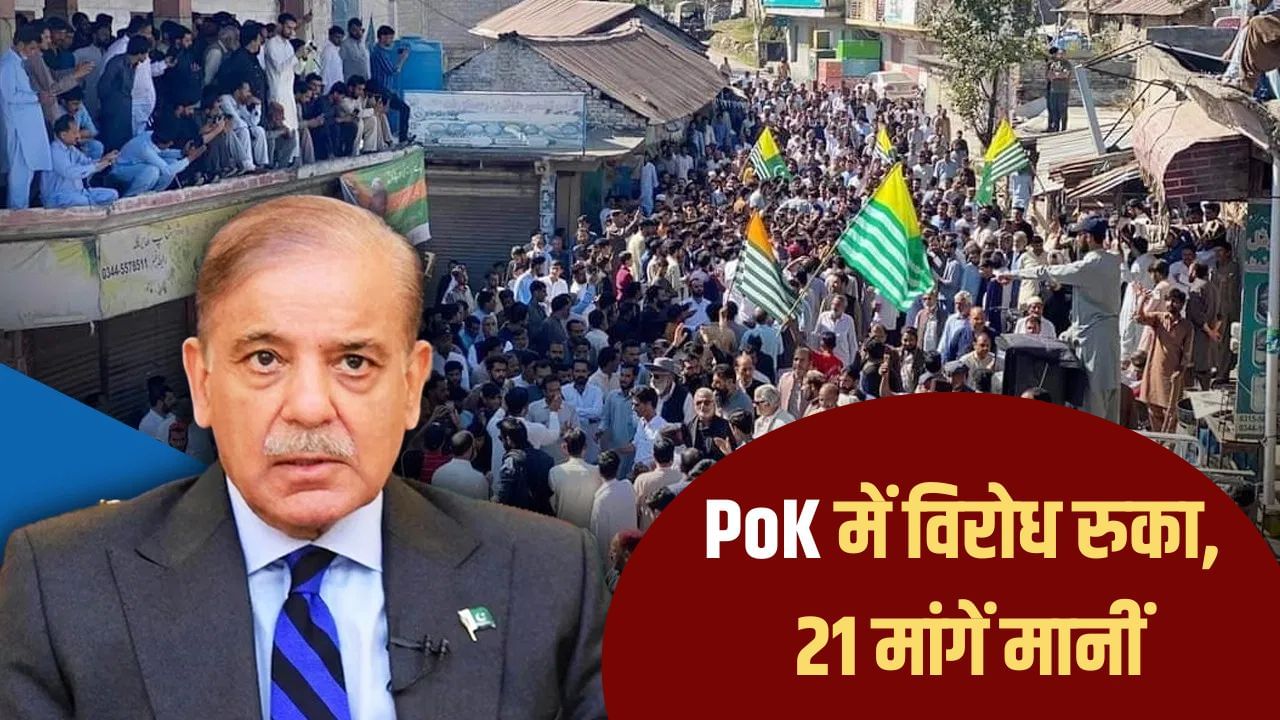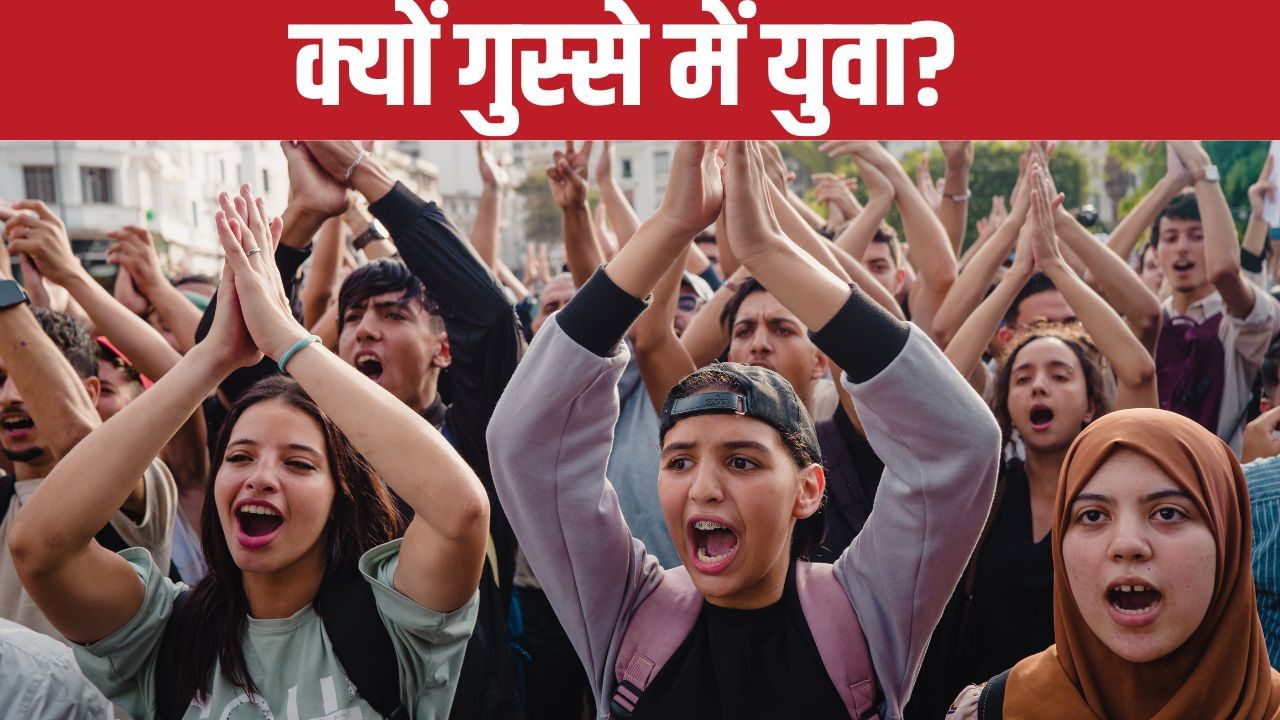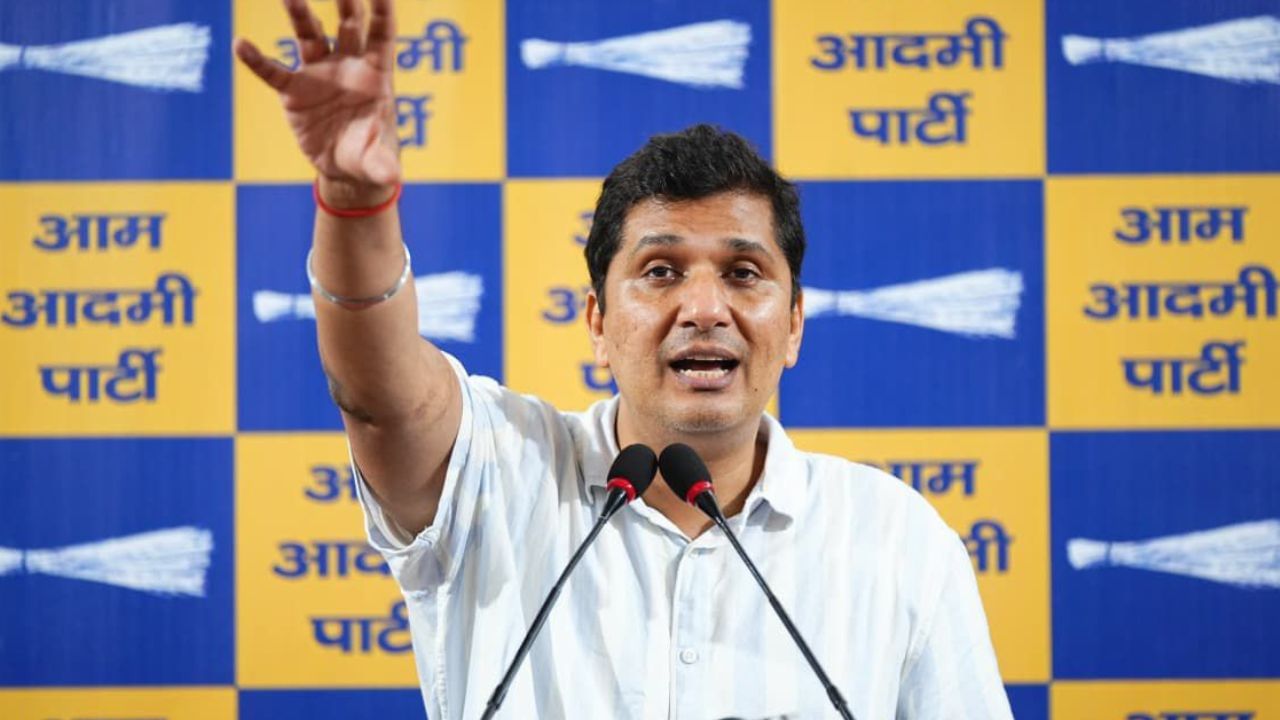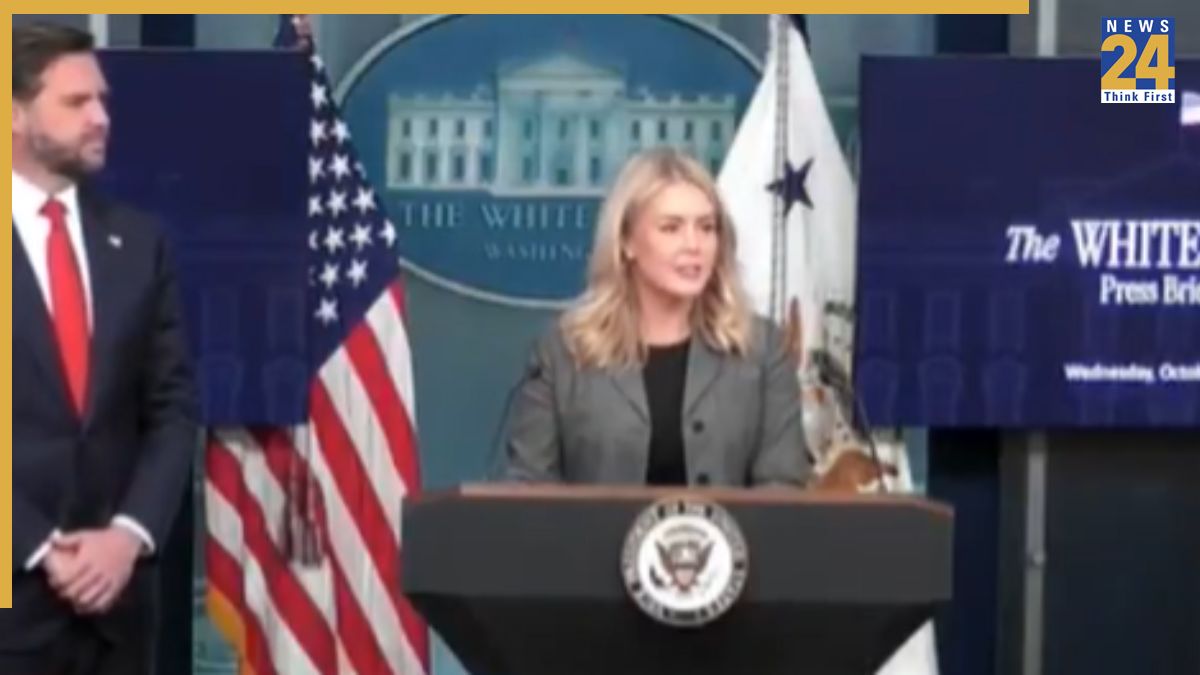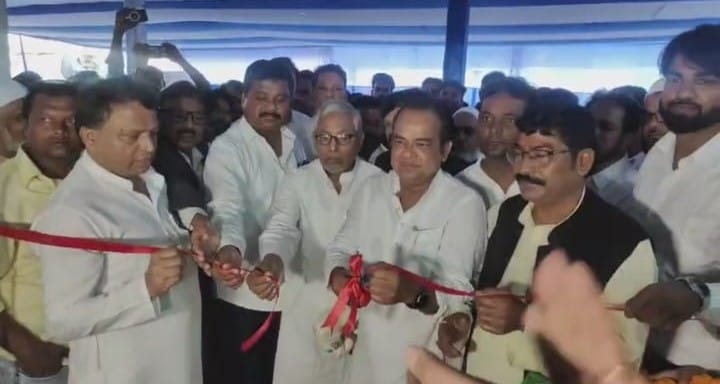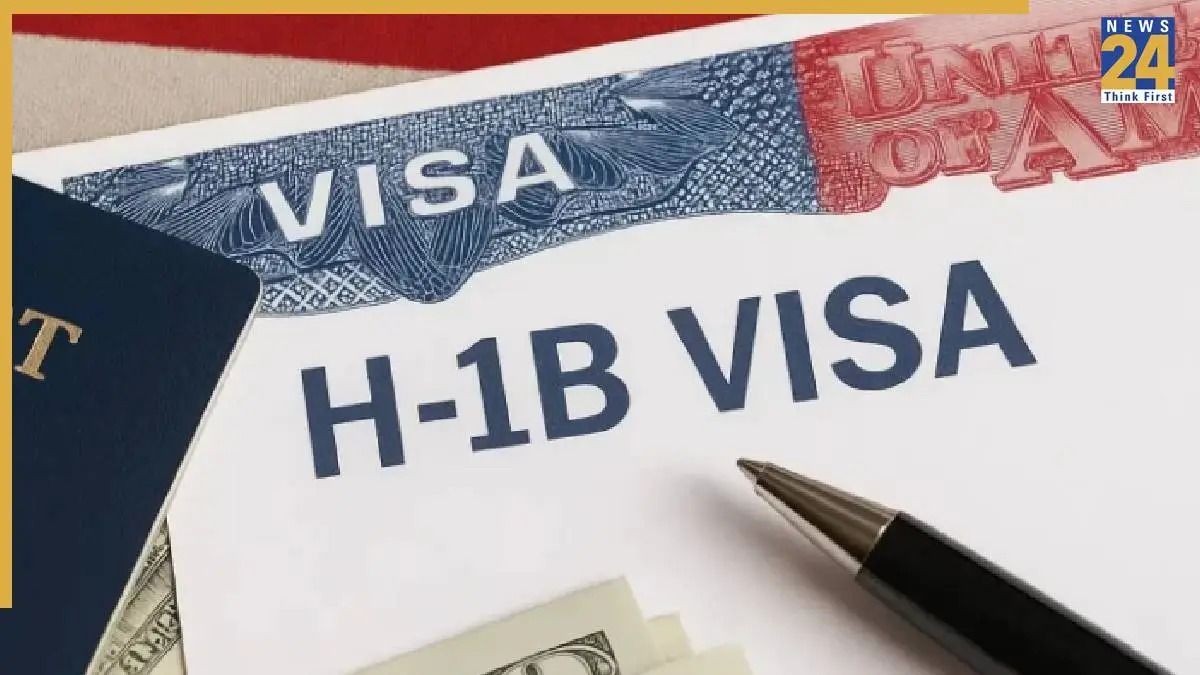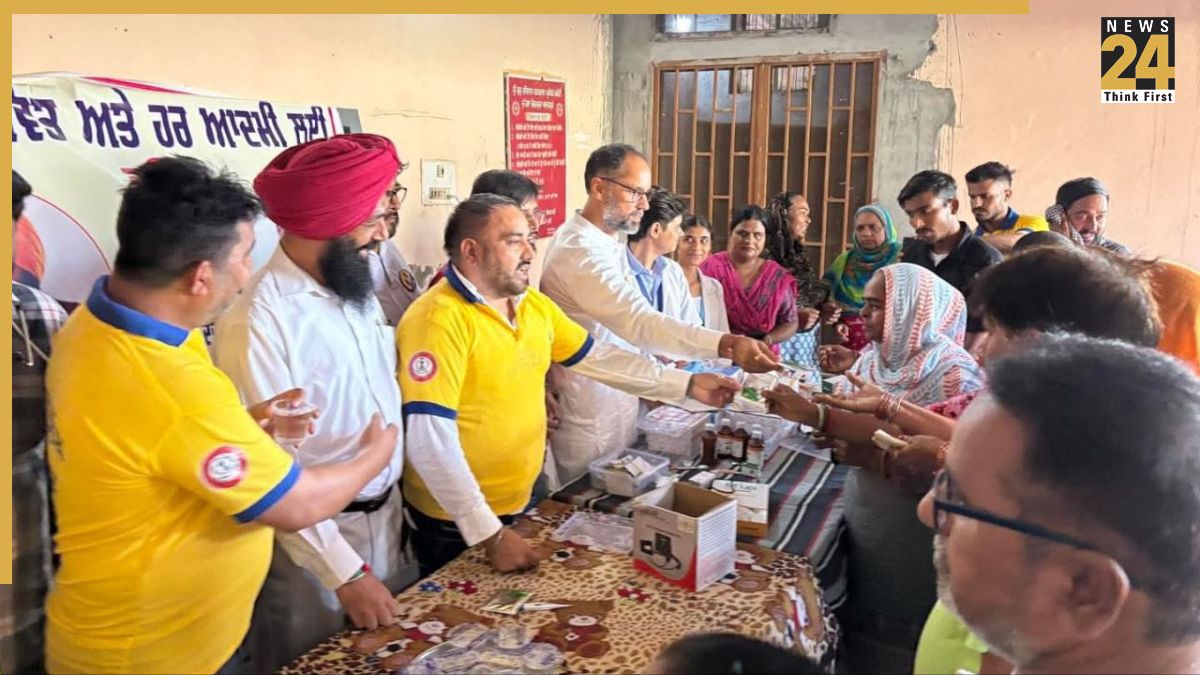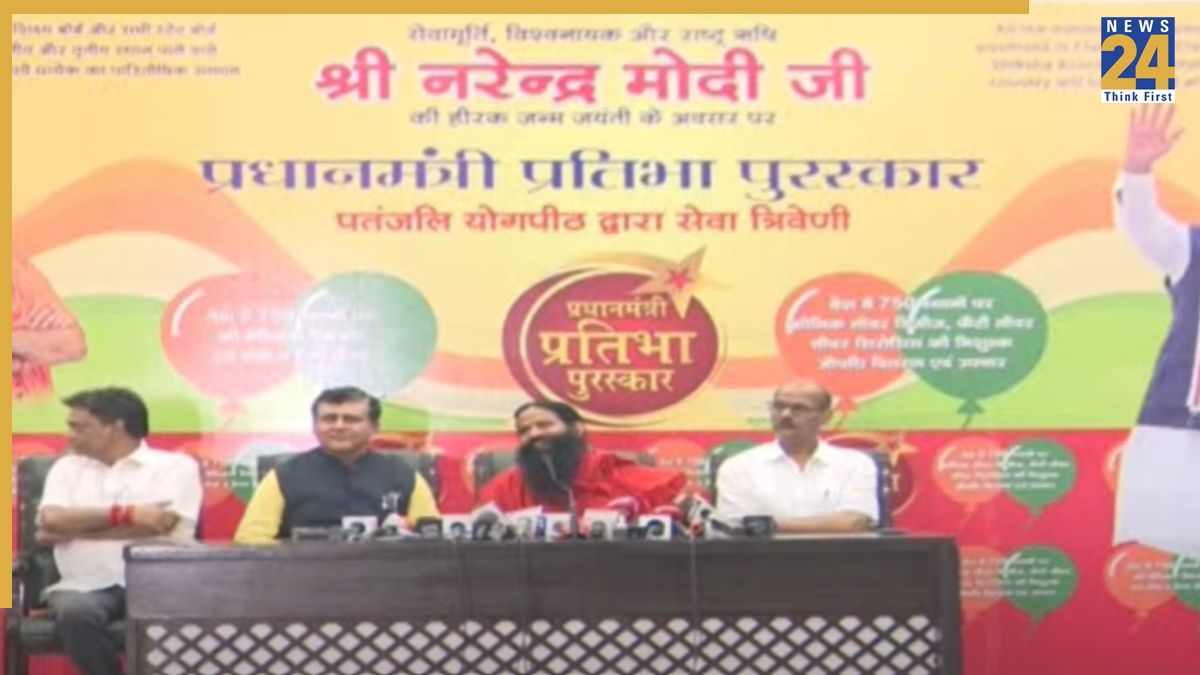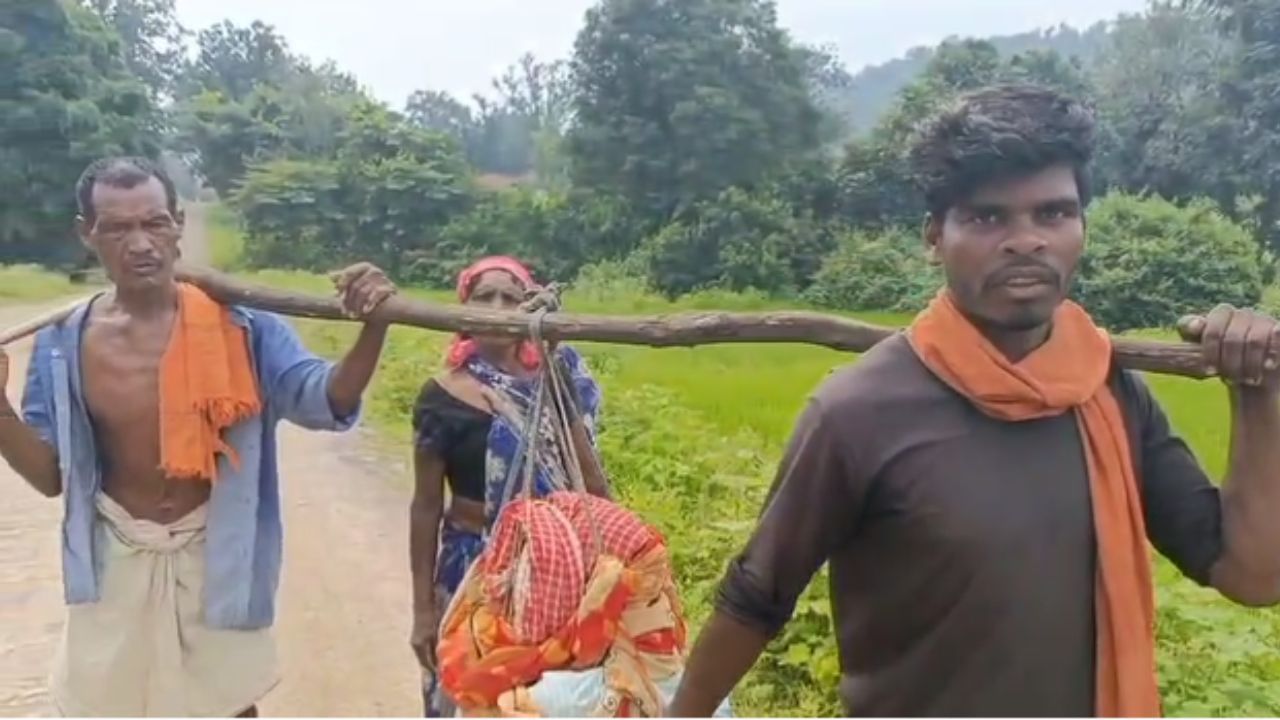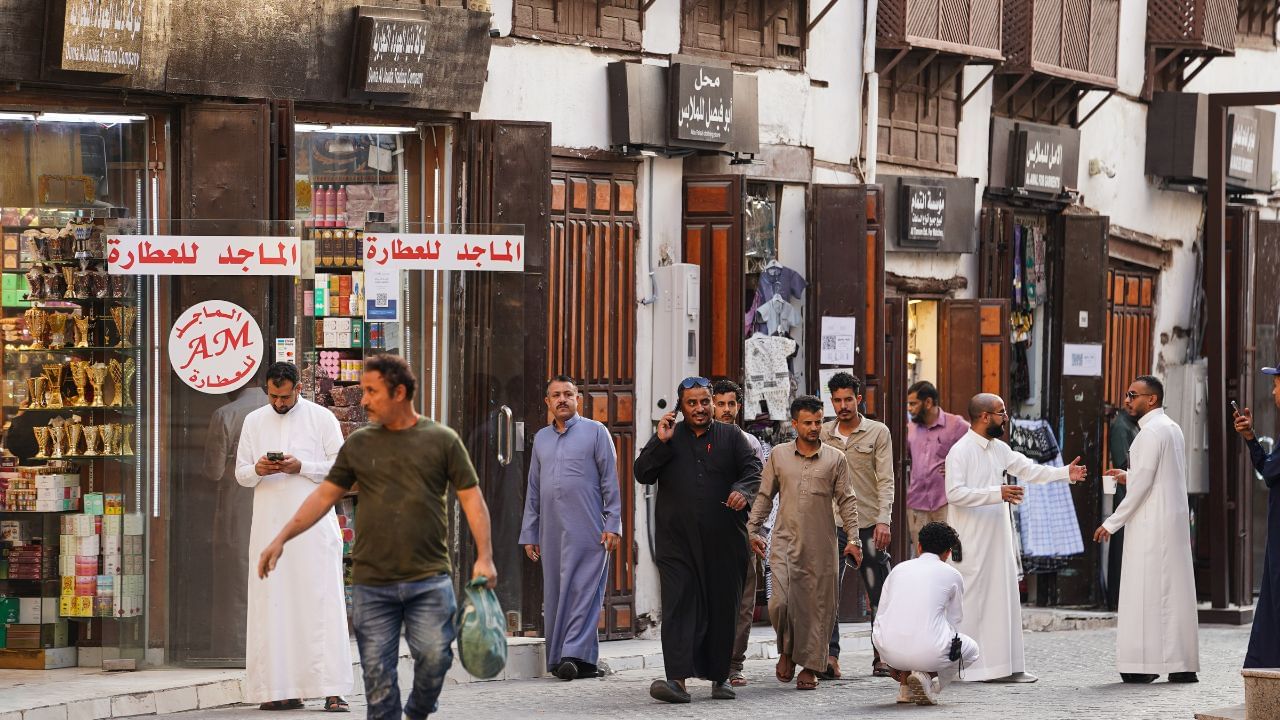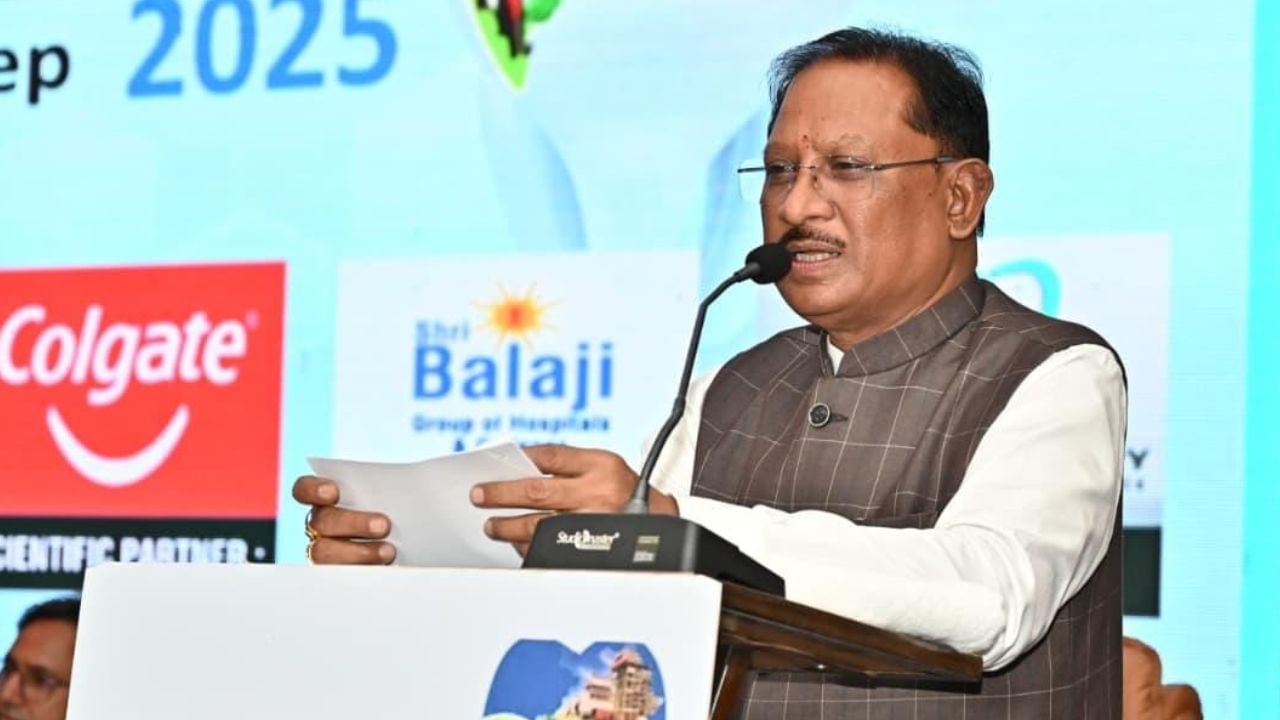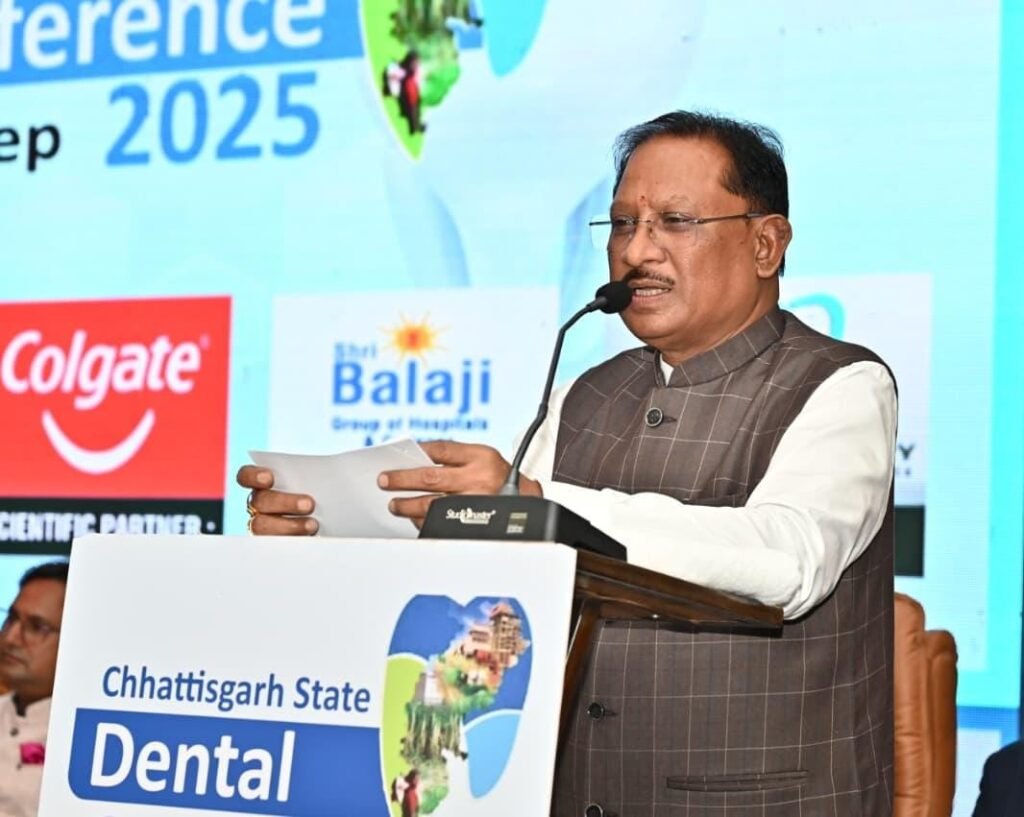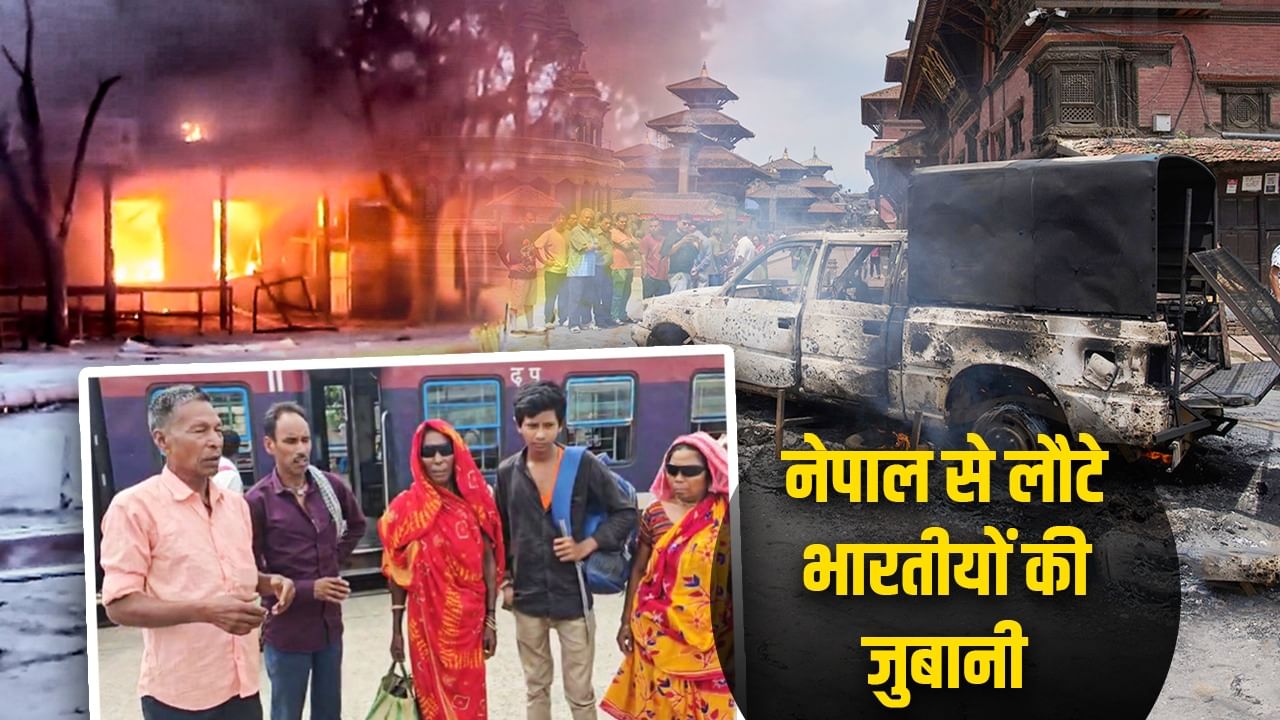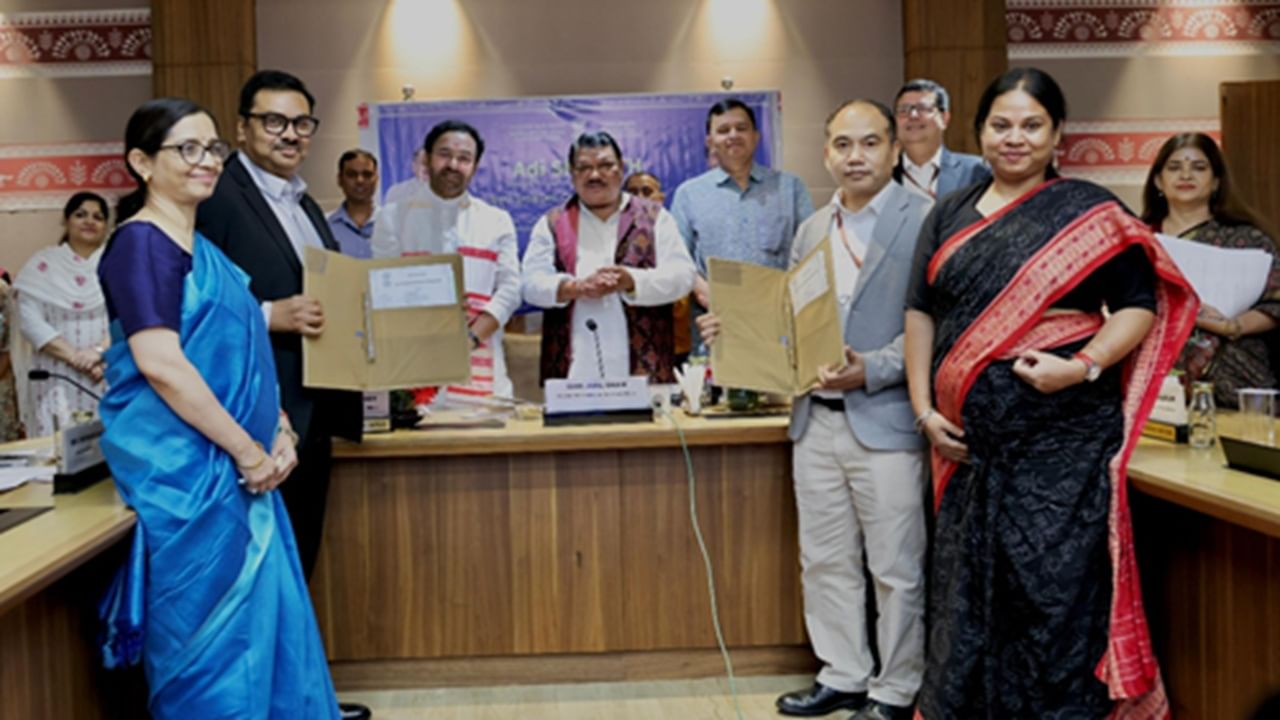Subscribe to Updates
Get the latest creative news from FooBar about art, design and business.
Browsing: Healthcare
Aam Aadmi Party Accuses BJP of Deteriorating Delhi’s Healthcare and Planning Privatization
The Aam Aadmi Party (AAP) has strongly criticized the Bharatiya Janata Party (BJP) government in Delhi, alleging that the BJP is deliberately…
Following movements in Nepal, Indonesia, the Philippines, and Madagascar, Morocco is now experiencing a Gen Z rebellion. Thousands of young people have…
The White House, through Press Secretary Karoline Leavitt, placed blame on congressional Democrats for the government shutdown. Leavitt asserted that Democrats had…
Private hospitals play a crucial role in elevating Jharkhand’s healthcare sector. Ongoing efforts are underway at governmental and non-governmental levels to provide…
Chief Minister Vishnu Deo Sai inaugurated and laid the foundation for various development projects worth 245.80 crore rupees in Kareli Badi village…
Doctors are expected to receive exemptions from the Trump administration’s recently imposed $100,000 fee for H-1B visa applications, according to a White…
A report by the World Economic Forum (WEF) highlights the potential for substantial economic losses due to climate change over the next…
Under the leadership of Chief Minister Bhagwant Mann, the Punjab Government has demonstrated its commitment to public health and safety during the…
Yoga Guru Baba Ramdev offered his praise to Prime Minister Narendra Modi on his 75th birthday. He described the Prime Minister as…
A shocking incident has emerged from the Sarguja district of Chhattisgarh, where a sick individual was carried to the hospital by their…
Extending a person’s healthy lifespan or reducing mortality is no longer just a dream. Scientific research has also proven that effective methods…
Speaking at the inauguration of the 3-day Dental Conference 2025 in Raipur, Chhattisgarh Chief Minister Vishnu Deo Sai emphasized the government’s commitment…
Chief Minister Vishnu Deo Sai declared the commitment to realizing a developed Chhattisgarh, prioritizing the health of the state’s 3 crore citizens.…
Chief Minister Vishnu Deo Sai declared that the government is committed to realizing the vision of a developed Chhattisgarh, prioritizing the health…
Recent political upheaval and a coup in Nepal have created a tense situation. The resignation of Prime Minister KP Sharma Oli and…
A significant initiative has been launched to enhance the education and overall development of tribal children. The National Scheduled Tribes Finance and…


